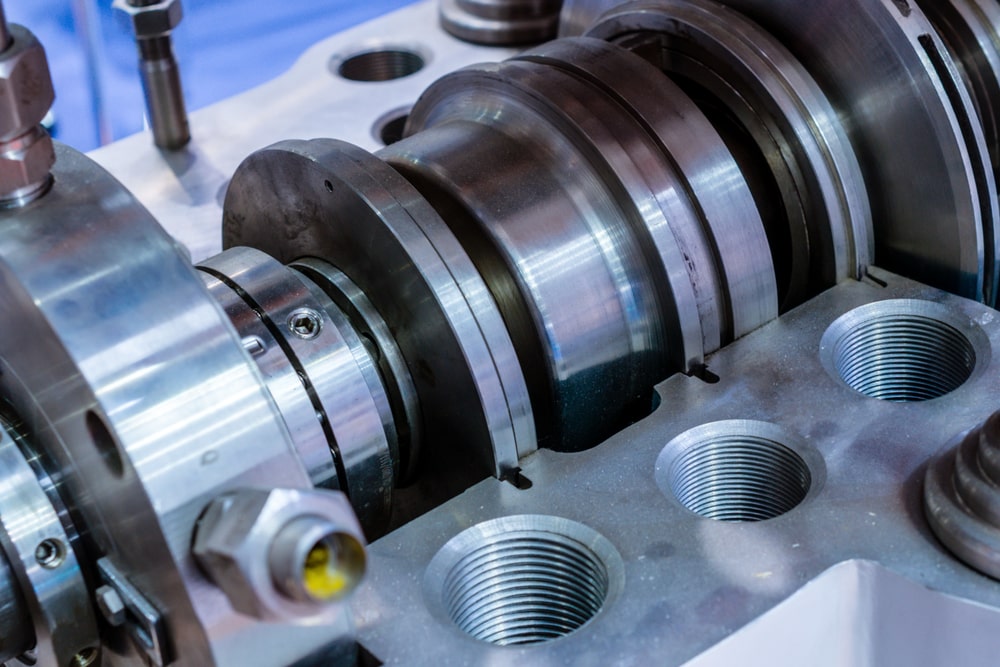Introduction to Degaussing
Degaussing is the process of demagnetizing a magnetic field. Common uses for degaussing include erasing data from Hard Disk Drives (HDDs), VHS tapes, LTO tapes, DLT tapes, reel-to-reel tapes, and cassettes. Degaussing is also used to remove discoloration from older CRT color TV monitors and on battleships. In fact, degaussing played an important role in World War II when British ships encountered German magnetic naval mines. Magnetic mines were able to detect that a ship was overhead because of the magnetic field that the steel ships produce. Thanks to degaussing coils, ships were protected by 1943.
| Interesting Fact About Degaussing: Steel hulled ships are basically floating magnets. As they move around different locations on the planet, they either add or subtract to the earth’s magnetic field. Large steel ships carry a degaussing coil onboard to mitigate the effect that the ship has on the Earth’s magnetic field. (Source: fas.org) |
How is Degaussing Measured?

In the case of degaussing magnetic media such as tapes and hard drives, there are two units of measurement to keep in mind. The unit of measurement that describes the power of the Gauss field is a Gauss unit. Magnetic fields or objects that emanate a magnetic field are measured in Oersted units. Oersted units are often abbreviated to “Oe” when referencing a magnetic field.
How Does a Degausser Machine Work?

A degausser machine is a machine that safely disrupts the magnetic field stored on tapes or hard drives. Degausser machines contain a coil that sends an electromagnetic pulse through the magnetic media. Once the EMP goes through the hard drive, the data becomes irrecoverable. Degausser machines aren’t the only way to degauss magnetic media. Degausser wands disrupt the magnetic field that is on a hard drive platter. A degausser wand is simply a neodymium magnet that has a strong enough magnetic field to disrupt data on media storage units.
Using Degaussers for Hard Drives
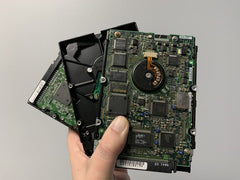
Hard drive platters are disks that contain stored data within the hard drive. The platters have a coating of iron dioxide or chromium dioxide. Hard drives use pulses of electrical energy to write patterns of data on the platters. The electrical pulses translate into binary code (a series of 1’s and 0’s) that can represent all types of media/info. Electromagnetic pulses totally disrupt the data on the hard drive platters. After degaussing, it’s impossible to write or wipe data from the hard drive. There are several different types of degaussers on the market with a variety of capacities.
Commercial-level degaussers meet the minimum required energy output to wipe a hard drive. NSA-listed degaussers typically have a much greater Gauss output than commercial units. This is because of the need to guarantee that there would never be a trace of confidential information breached.
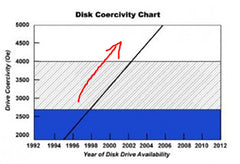
The larger the hard drives storage capacity, the more Oe units the hard drive has. When deciding which hard drive degausser is best for your application, it is important to know the Oe level of the hard drives. Your degausser has the capability of creating a Gauss pulse that can fully disrupt the hard drive platters based on the Gauss units and Oe level of the drives. Over the years, the amount of coercivity of hard drives has increased, creating the need for a powerful future-proof degausser.
Using Deguassers for Tapes
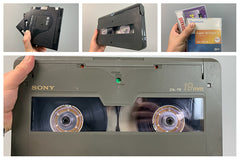
In the instance of magnetic tape media, there is a metal oxide powder that adheres to the film. Tape recorders create a magnetic field that arranges the position of the iron oxide that is contained on the film. Tape recorders read the iron oxide to turn the data into audio, video, or other forms of data. Degaussing a magnetic tape disrupts the iron oxide on the tape. Degaussing a tape makes data completely unrecoverable. To find the right size degausser for wiping data from tapes, check out our tape degaussers.
Can a Degausser Destroy a Solid State Drive?
The short answer is no. Solid-state drives are not a form of magnetic media, so they can’t be erased similar to a hard drive. The best way to destroy the data on a solid-state drive is to fracture or shred the solid-state drive in as many ways as possible.
What Do You Do After Your Hard Drives Have Been Degaussed?
After you degauss a hard drive, the appearance of the hard drive doesn’t change at all. The simplest method for keeping track of erased drives is to just label every hard drive after you degauss it.
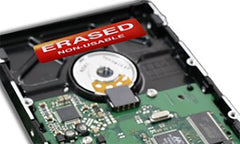
While this method helps you keep track of every individual hard drives’ erasure, it still leaves the gap of keeping a real record of destroyed hard drives.
If your organization is security-aware or has to maintain security compliance regulations and survive audits, then it is good to invest in hard drive destruction tracking software. If you have a simple-scan system that automatically enters the hard drives barcode into a tracking system, you get complete visibility into the history of your data erasure practices.
The Proton DataDefender Tracking System
The Proton DataDefender ATS Automatic Tracking System is able to:
- Scan hard drives after they’ve been degaussed or physically damaged.
- Logs the hard drive serial numbers into a report.
- Records the time, date, operator, and erasure status of the hard drives.
Do You Want to Learn More About Degaussing?









